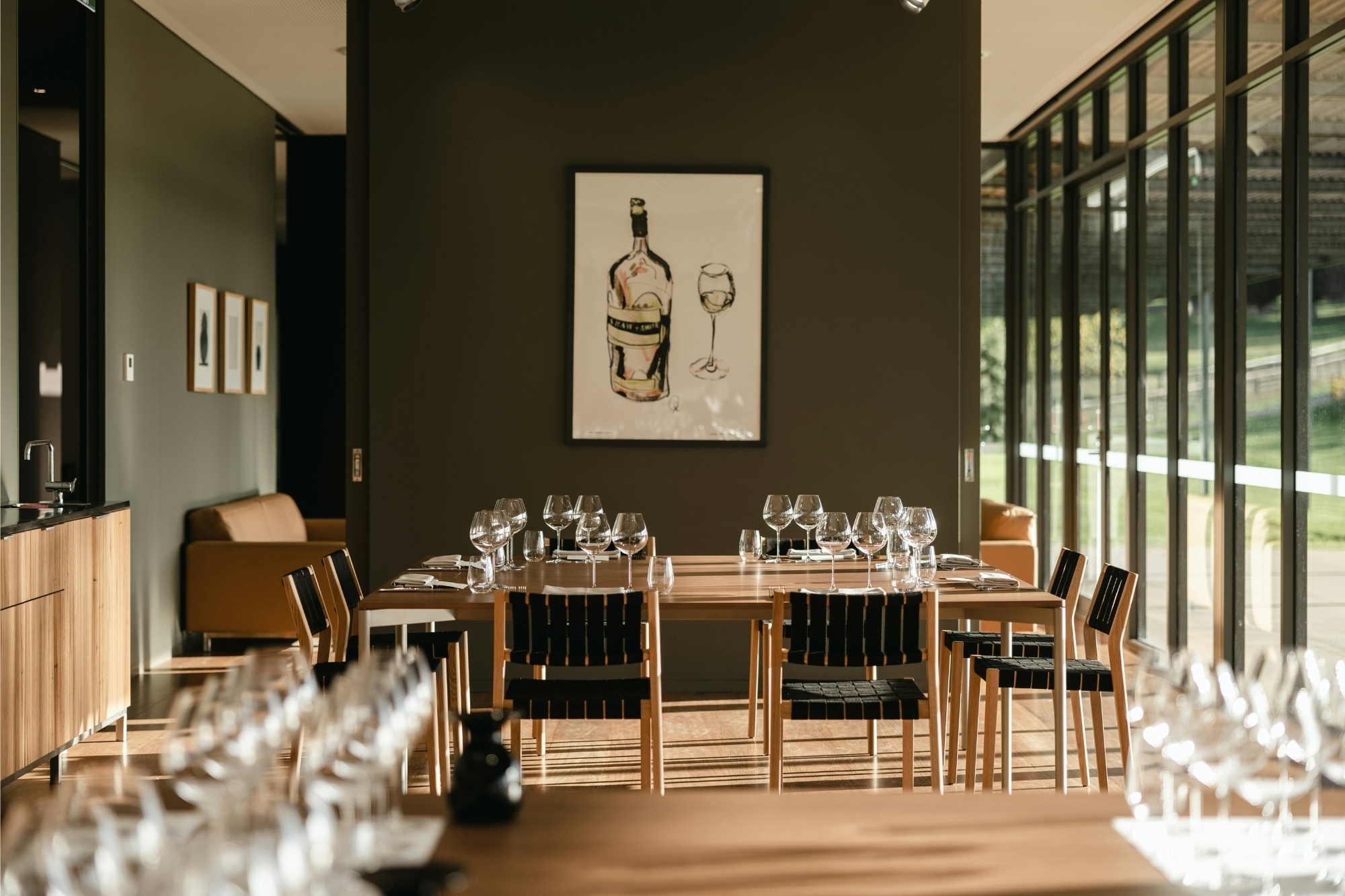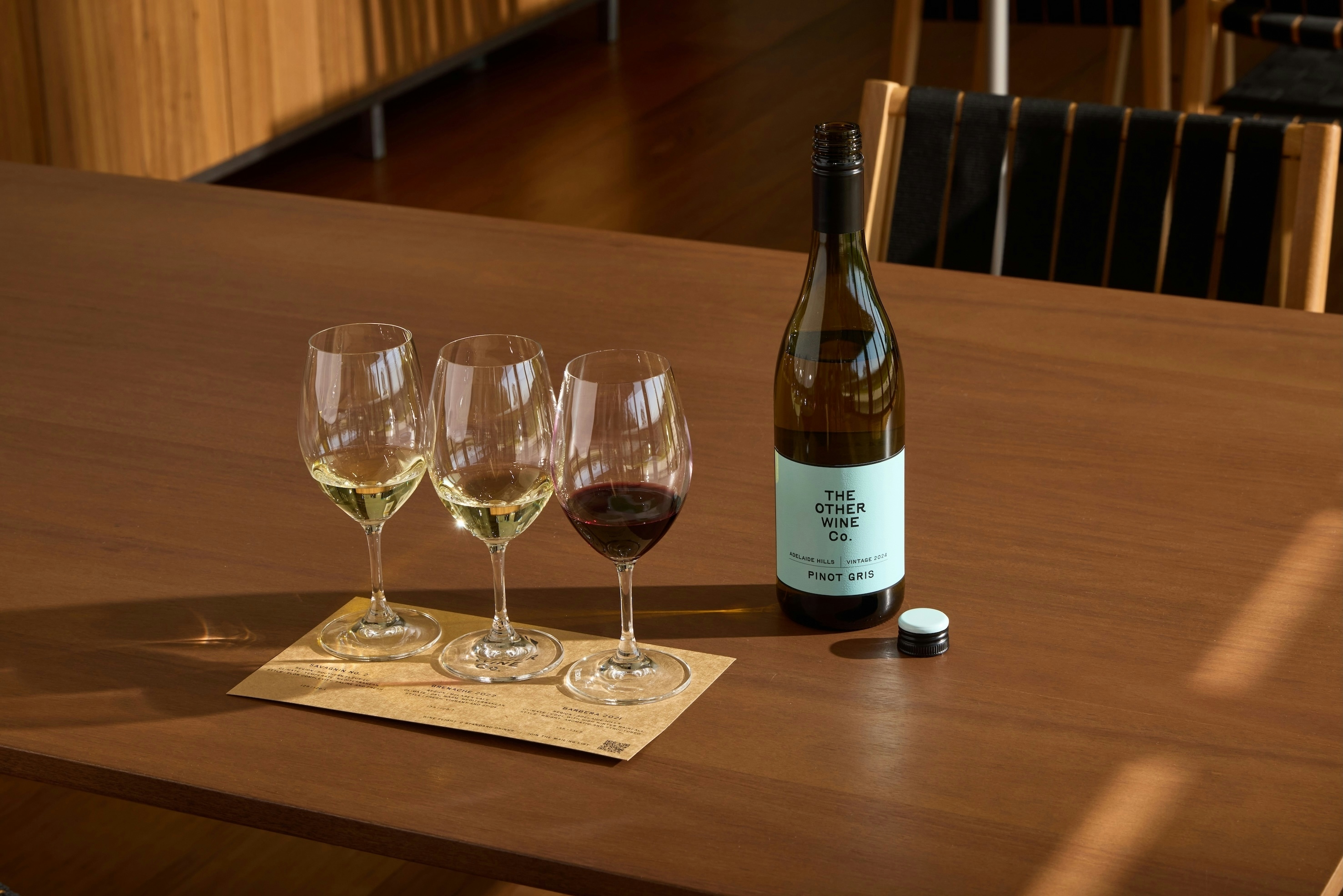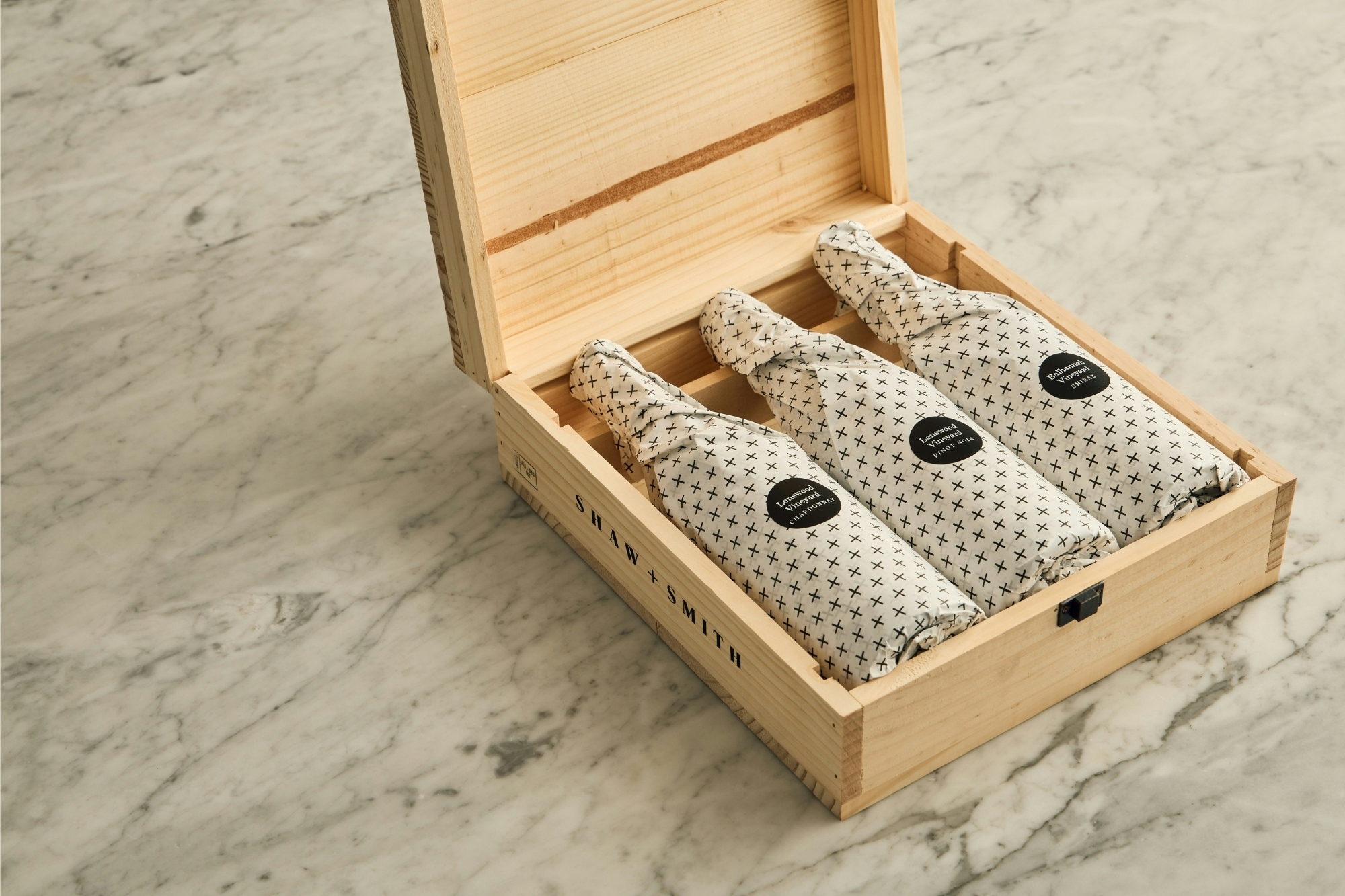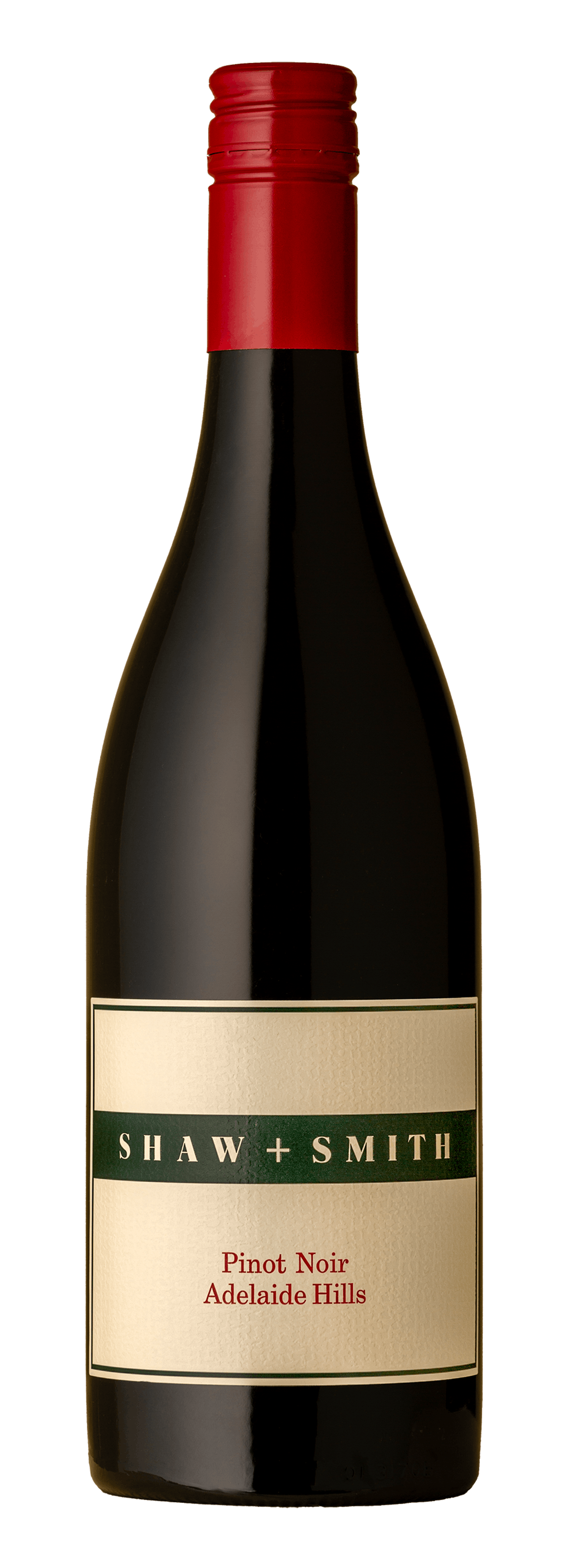136 Jones Road
Balhannah SA 5242
Open 11am - 5pm daily, with last reservations at 4pm.
Join us in the Tasting Room to explore the Shaw + Smith range of wines overlooking our Balhannah Vineyard.
Enjoy a wine flight or wines by the glass with our cold larder menu.
Bookings are strongly recommended for wine flights, and essential for tours.

Vibrant,
modern
classics.
Founded in 1989 by cousins Martin Shaw and Michael Hill-Smith MW,
Shaw + Smith create Adelaide Hills wines that express their site and season.
Shaw + Smith create Adelaide Hills wines that express their site and season.
Modern Classics
Vintage 2025
The latest from
Shaw + Smith
Shaw + Smith

ORSO at Shaw + Smith
Explore options from Shaw + Smith's exclusive partnership with Andre Ursini's acclaimed ORSO for your next event

The Other Wine Co. Flight
The Feature Flight in the Tasting Room for May - July will be The Other Wine Co. featuring our young winemakers experimentations with alternative varieties including Pinot Gris, Grenache and Barbera.

Single Vineyard
Chardonnay,
Pinot Noir, Shiraz
The Perfect Gift
Shop Single Vineyard Trio
Shop Single Vineyard Trio
"...Very adult. And very very good. Yes."
- Gary Walsh, The Wine Front
Shop 2023 Lenswood Vineyard Chardonnay
Shop 2023 Lenswood Vineyard Chardonnay
Join the Wine Club
Look forward to having your favourite wines delivered direct from the winery to your door.
Receive exclusive benefits and flexible deliveries.
Receive exclusive benefits and flexible deliveries.







